Animalcules
A downloadable simulator for Windows
Animalcules is a evolution simulator where you can watch diverse digital creatures grow and evolve.
Each organism is a single cell that can do different things depending on its genome, exchanging 'chems' with the environment, producing energy and reproducing are some of the most important of these functions. Mutations over generations allow for changes over time.
Controls:
s/l: save/load
x: cause a random mass extinction effect
f: freeze screen so time isn't spent drawing, recommended with history view as it becomes slow especially with long simulations
o: organism view: shows the animalcules, different colors mean a different chemical composition, with the outside ring representing its heritage
c: chem view: shows the chemical environment that the organisms live in
i: info view: centers on a cell and displays the surrounding environment. Also breaks shows the genome of the organism, with each gene's length based on its activation on the left, and the chemical composition on the right
d: DNA view: shows the genomes of all the organisms. Use this to see differences between different lineages
g: genes view: shows the genes that the population has, and therefor the organelles it has. Use this to see what strategies are working. Important gene colors: Red is the mitoser gene which lets the organism reproduce; Blue pull chemicals into the cell, or dumps them out, green allows photosynthesis, and yellow allows cellular respiration for energy
h: history view: show the relations between species. New species always appear to the right of their parent, press 'h' again to toggle between showing all species, or just the extant ones and their ancestors
Pressing 'h' with other keys changes the colors of the tree to represent different information
h+o: shows locations species evolved
h+i: shows heritage colors
h+g: shows the average color of all genes for each species (default)
h+c: shows the chemical based color of the first organism in each species
h+d: shows the length of the genomes of each species, red for short to green for medium length, to blue-green for long genomes
Chems:
H2O: Most common chem in the environment, used by photosynthesis, produced by respiration
CO2: Used by photosynthesis, produced by respiration
O2: Used by respiration, produced by photosynthesis
Glucose: Used by respiration and by amino acid production, produced by photosynthesis and by amino acid decomposition
N2: Used by amino acid production, produced by amino acid decomposition
Amino: Necessary for all genes to function, used by amino acid decomposition, produced by amino acid production and protein decomposition
En: Energy, necessary for all genes to function, used by most reactions, lots produced by respiration, also some produced by decomposition reaction
Rad: Poison produced by respiration, slows photosynthesis and causes mutations
Chloro: Poison produced by photosynthesis, slows respiration and genome replication
Tox: Lighter poison that's effective at killing and slows the cell's movement
Toxin: Heavier poison that's effective at killing and reduces cell's ability to move chems in and out
Protein: Produced by using Amino for genes, used by protein decomposition
Hormones: Four chems of different masses that can be used to regulate gene activations using the Chem Sensor gene and send signals to other cells
Mineral: Massive, unusable chem that forms a land barrier
Phosphate: Chem necessary for DNA replication, limits population
Mass extinction effects:
- Double the genome of most organisms
- Trigger several random mass extinction effects
- Remove most energy from the reservoir
- Massively increase the amount of energy that flows from the reservoir
- Increase the amount of each poison by a random amount in the reservoir or atmosphere
- Increase the chances of a random mass extinction event in the near future
- Kill many organisms across the world over a period of time
| Status | In development |
| Platforms | Windows |
| Author | krankytown |
| Genre | Simulation |
| Tags | biology, evolution, microbes |
Download
Click download now to get access to the following files:
Development log
- Protein revamp and taxonomyJan 10, 2024
- Local chemsOct 01, 2023
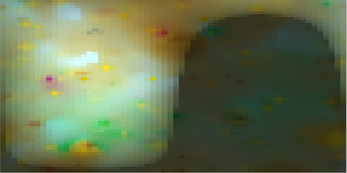
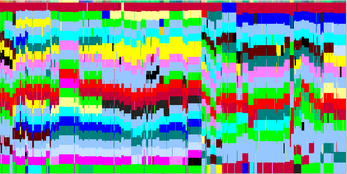
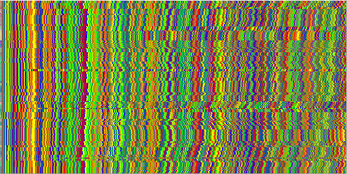

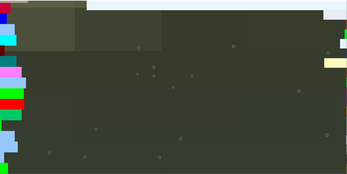
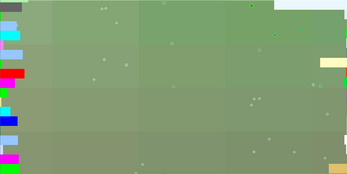
Leave a comment
Log in with itch.io to leave a comment.